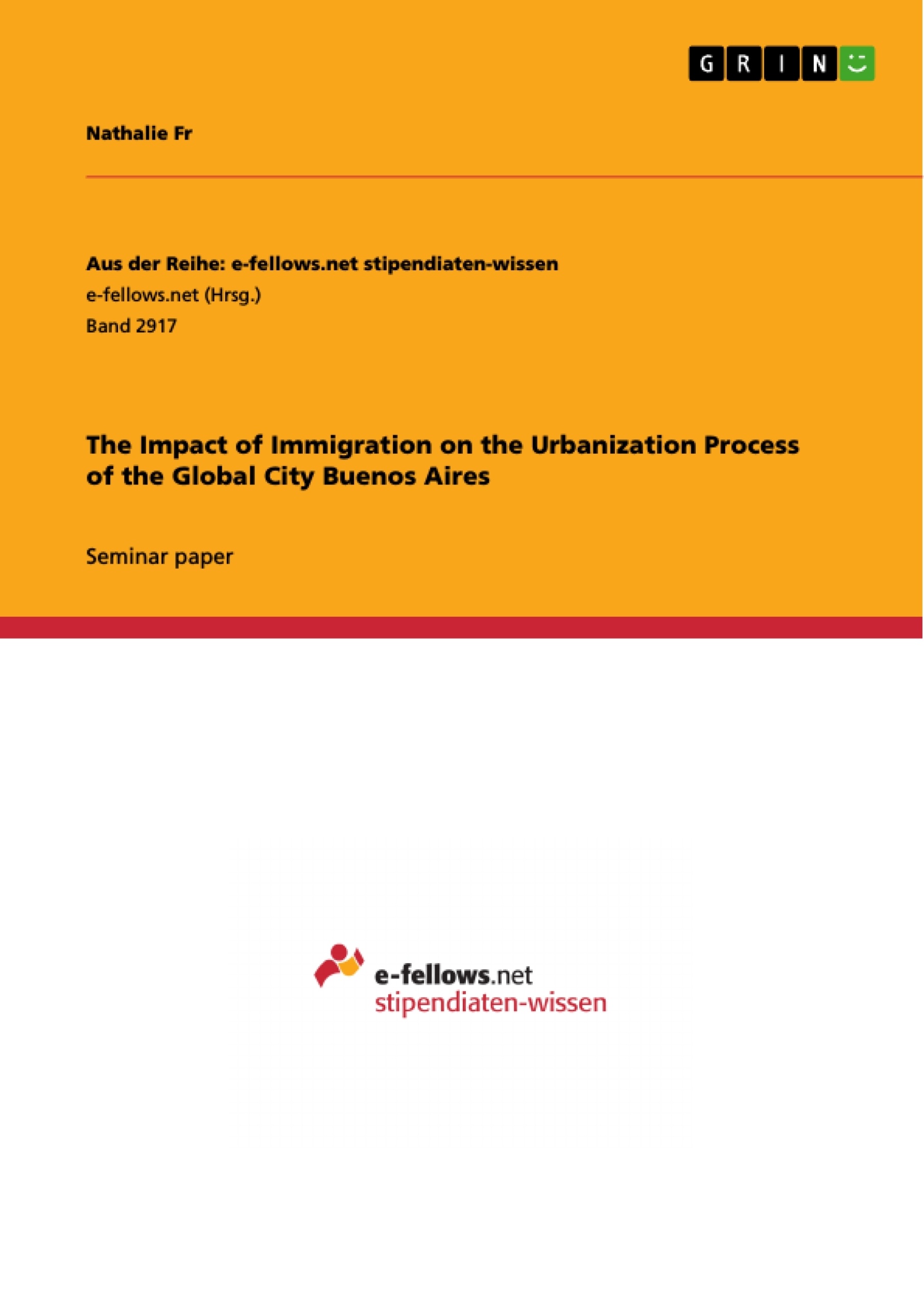When thinking about diverse melting pots on the American continent, people tend to think about diverse global cities such as New York and Toronto. However, in terms of cultural diversity, Buenos Aires is equally strong. The city's diversity can be seen when looking at the population and what the city has to offer. Not only are urban buildings, the food, the music and the tango influenced by immigrants who entered the country. Also many events the city of Buenos Aires hosts acknowledges the many immigrants who have shaped this city and the entire country until today.
One of these events is the “Buenos Aires celebra …” program which was founded in 2009 to support the celebration of foreign countries whose people have immigrated to Argentina. Communities as diverse as Austria, Basque, Croatia, Poland, Paraguay and Peru take part, offering a bit of their culture on Avenida de Mayo, in the historic center of this intercultural South American capital. How diverse the city is can be derived from the numbers: 4 out of 10 inhabitants of the City of Buenos Aires were born outside of the capital and even 12, 8% were born outside of the country of Argentina. Needless to say, that a population as high as 13.000.000 in agglomerations and a high degree of diverse brings opportunity as well as it creates challenges.
This essay will examine the impact immigration had on the urbanization process of Buenos Aires into becoming a diverse megacity. One of the first factors was the sharp increase of the population due to the European immigration wave of the 19th century, so the reasons and effects of European immigration will be outlined. As in the 20th century the immigrants' origins shifted from Europe to South American countries, this second major immigration wave will be discussed. Based on these two phenomena, the conditions, chances, challenges of the European and South American immigration wave will be compared. Due to the majority of immigrants settling down within the urban area of Buenos Aires, urbanization with its positive and negative effects will introduce the second major part of this essay, which deals especially with Villas, unemployment, poverty and insecurity as a results of the urbanization process of Buenos Aires. Afterwards, possible improvements of living conditions will be suggested to create a more sustainable city of Buenos Aires.
Inhaltsverzeichnis (Table of Contents)
- Introduction
- Main part
- Immigration and its effects
- Immigration from Europe
- Immigration from South-America
- Comparison of European and South American immigration
- Urbanization, its challenges and suggestions for improvement
- Urbanization process including development of Villas
- Link between foreigners and Villas
- Side effects of Villas: unemployment, poverty, crime
- Discussion of term “sustainability” in context of city with Villas
- Suggestions for improvement of living conditions and sustainability (economic, social)
- Immigration and its effects
- Conclusion
Zielsetzung und Themenschwerpunkte (Objectives and Key Themes)
This essay examines the impact of immigration on the urbanization process of Buenos Aires, transforming it into a diverse megacity. It analyzes the European and South American immigration waves, highlighting their respective contributions to the city's growth. The essay also explores the challenges and opportunities associated with urbanization, focusing on the emergence of "Villas" and their social, economic, and environmental consequences. Finally, it proposes solutions to improve living conditions and create a more sustainable future for Buenos Aires.
- Immigration's impact on Buenos Aires' urbanization
- Comparison of European and South American immigration waves
- Challenges and opportunities presented by urbanization
- Social and economic impacts of "Villas"
- Strategies for enhancing sustainability in Buenos Aires
Zusammenfassung der Kapitel (Chapter Summaries)
Introduction
This chapter introduces the concept of Buenos Aires as a diverse city shaped by immigration. It highlights the historical context of immigration to Argentina, focusing on the motivations and impact of both European and South American immigration waves. It sets the stage for the subsequent analysis of the urbanization process and its consequences.
Main part
Immigration and its effects
This section analyzes the different waves of immigration to Argentina, highlighting the reasons behind them. It delves into the European immigration wave of the 19th century, exploring the motivations, challenges, and opportunities faced by European immigrants. Subsequently, it examines the South American immigration wave of the 20th century, emphasizing the push factors and the impact of these migrants on the city's demographics and labor market.
Urbanization, its challenges and suggestions for improvement
This section focuses on the effects of urbanization in Buenos Aires, particularly the emergence of "Villas" and their social, economic, and environmental consequences. It investigates the connection between foreigners and "Villas," the challenges of unemployment, poverty, and crime, and the importance of sustainability within the context of the city's rapid growth.
Schlüsselwörter (Keywords)
This essay examines the themes of immigration, urbanization, cultural diversity, "Villas," sustainability, social and economic challenges, and the impact of immigration on Buenos Aires' development. It also explores the comparison between European and South American immigration waves, highlighting the different motivations and challenges faced by these groups.
- Quote paper
- Nathalie Fr (Author), 2018, The Impact of Immigration on the Urbanization Process of the Global City Buenos Aires, Munich, GRIN Verlag, https://www.grin.com/document/448693




